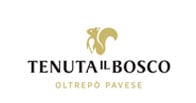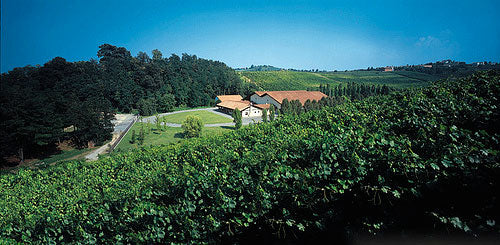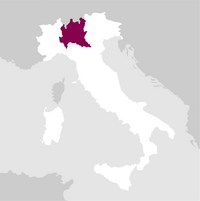描述
A Brut Nature, produced without dosage in a few precious bottles and only in the best vintage years. This wine highlights the nuances of the Pinot Noir grapes grown in the lands of Zenevredo, embracing their volatile and exclusive character. The vine stocks being over thirty years old, the very limited yields, and the vinification in small batches per individual parcel applying the Classical Method offer a sparkling wine featuring elegantly graceful manners reminiscent of the Oltrepò area hills.
奖项
详情

气泡

香水

颜色

味道
服务于:
06 - 08 °C.
长寿:
05 - 10 years

搭配
- 创办年份: 1987
- 酿酒师: Piernicola Olmo
- 生产的瓶子: 1.000.000
- 公顷: 152
During the Middle Ages the town was called Zenevredo della Pusterla, thanks to the fact that almost all of its territory belonged to the Monastery of Santa Maria Teodote, which was also known as “della Pusterla” because of a small door (postierla) opened up in the 12th century in the wall surrounding the building, which gave direct access to the world outside, without having to pay any duties.
But what is the history of grape-growing and wine production in the Oltrepò Pavese? It was probably the Barbarians who gave this name to the lands they encountered after having crossed the River Po, descending from the North. Inhabited by Ligurians and Insubrian Gauls, the Oltrepò passed under Roman dominion following the famous battle of Clastidium (present-day Casteggio), which took place in 222 B.C.
Under the Romans the area underwent considerable development, due in part to the construction of major communication routes. At that time, as we learn from the chronicles of Pliny the Elder, viticulture was practised successfully and, as Columella relates, good wines were available for drinking. After the fall of the Western Roman Empire, it was the Barbarians who occupied this area. In the Middle Ages, famous noble and clerical families took turns in holding sway over the region.
The Malaspinas, Viscontis, Beccarias, Dal Vermes and Sforzas controlled the area and wrote the story of the Oltrepò, also leaving a trace of their long-held power in the watchtowers, castles, churches and splendid mansions that one can still admire in the towns and villages around Pavia.
For centuries the Oltrepò was a much fought-over zone. As a result of peace treaties, it passed into the hands of the great powers of the time: France, Spain, and then Austria which, under the reign of Maria Theresa, ceded the Oltrepò to the crown of Sardinia under the Treaty of Worms (1743).
The early studies on ampelography and cadastral censuses carried out towards the end of the 18th century bear witness to the area’s important vocation for wine production and for the significant diffusion of viticulture. At the beginning of the 19th century, after a brief return to French dominion under Napoleon, the Oltrepò once again became part of the Kingdom of Sardinia and it was in this period that the vine-growers of Piedmont began cultivating the Pinot Nero variety in the lands to the east of the historic Langhe, Asti and Monferrato zones. 阅读更多


| 名称 | Oltrenero Pinot Nero Brut Nature 2019 |
|---|---|
| 类型 | White classic method sparkling wine pas dosé |
| 葡萄酒名称 | Oltrepò Pavese Metodo Classico DOCG |
| 年份 | 2019 |
| 容量 | 0,75 l |
| 酒精度 | 12.5% 按体积 |
| 葡萄品种 | 100% Pinot Nero |
| 国家 | Italy |
| 产地 | Lombardy |
| 供应商 | Tenuta Il Bosco |
| 产地 | Zenevredo (PV) |
| 土壤成分 | Deep, clayey-limy-calcareous soil with malmstone presence. |
| 栽培系统 | Guyot |
| 每公顷产量 | 70 q/Ha |
| 收获 | Manual. Third week of August. |
| 酿酒工艺 | Among the 30 ha of Pinot Noir of the estate, only the grapes reaching the highest quality are selected for the production of Oltrenero. The grapes are harvested manually in small 16 kg boxes. The soft pressing of the whole grapes, allowing the extraction of 45% of the first-pressing must, is followed by static settling for 12 hours at 16 °C. The alcoholic fermentation takes place for about 12 days at 18 °C. |
| 陈酿 | At the end of this period, the wine matures in part in steel vats and in part in large oak barrels until the spring following the harvest. The second fermentation and sur lie aging in bottles last for about 48 months, followed by 3 months after disgorgement. |





